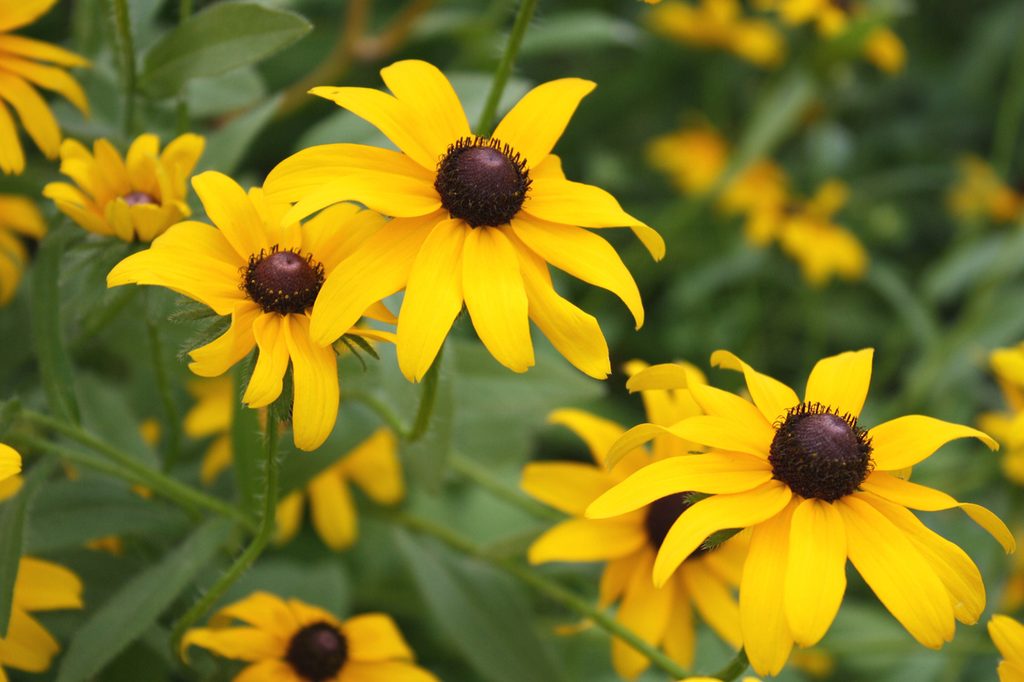
Of the many flowers available to add to a flower garden, the ones that bloom the fastest are often the most popular. However, biennial flowers deserve love, too. Biennial plants are those that spend their first year growing, and they only flower and produce seeds in the second year. Although they die after their second year, the seeds they produce can be left to grow and flower again, and most biennial plants will reseed on their own. If biennial flowers sound interesting to you, here are our four favorites to start with.
Foxgloves
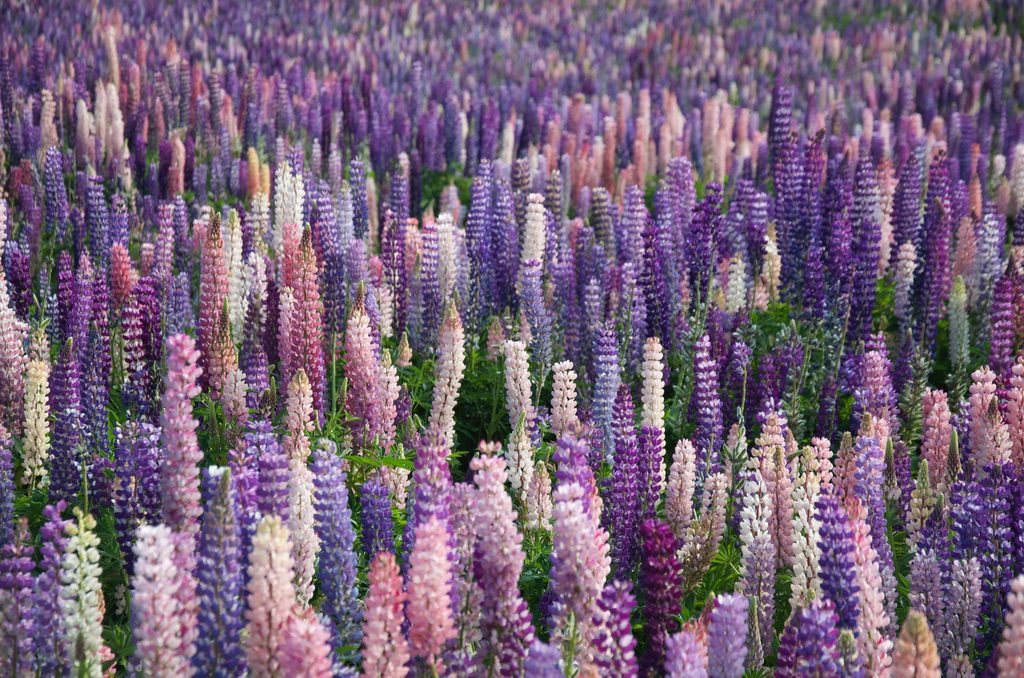
Plant your foxgloves in full sun to partial shade. They can tolerate most soil types, but foxglove thrives in well-draining soil that is rich with organic matter. Mixing compost into the soil before planting can help with both factors. Water your foxglove regularly while the seeds and seedlings grow. Once they are established, foxgloves can withstand some drought, although you can continue to water them regularly if you prefer. Just take care not to keep the ground muddy or soggy, as foxglove can develop crown rot.
Deadheading is not necessary, but you may want to do some, anyway. If you don’t want any foxgloves in future years, be sure to remove all flowers as soon as they wilt. However, if you do want more foxgloves, you may still want to deadhead some of the flowers. A single foxglove plant can produce a few thousand to a million seeds — or even more!
Black-eyed Susans
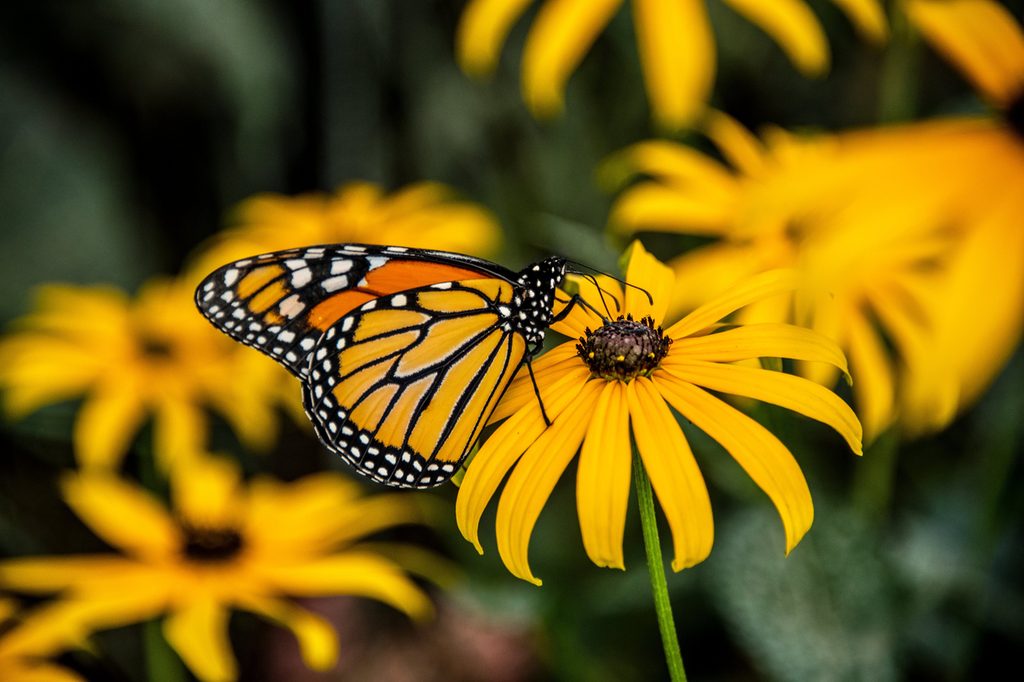
Black-eyed Susans are the perfect biennial flower for gardeners who love growing native wildflowers. The sunflower-like plants are actually in the aster family, and they are extremely low maintenance. Plant your black-eyed Susan seeds before the first frost of the year or after the last frost, when it is warm but not hot. Soil type isn’t a major concern for these hardy plants, as they are adaptable and will tolerate almost any soil. Similarly, they only need occasional watering once established. Black-eyed Susans will withstand light droughts.
You can deadhead your black-eyed Susans to encourage them to keep blooming. However, we recommend leaving the last flowers of the season in place. This allows the plants to reseed themselves, but it is also a helpful food source for your local wildlife!
Canterbury bells
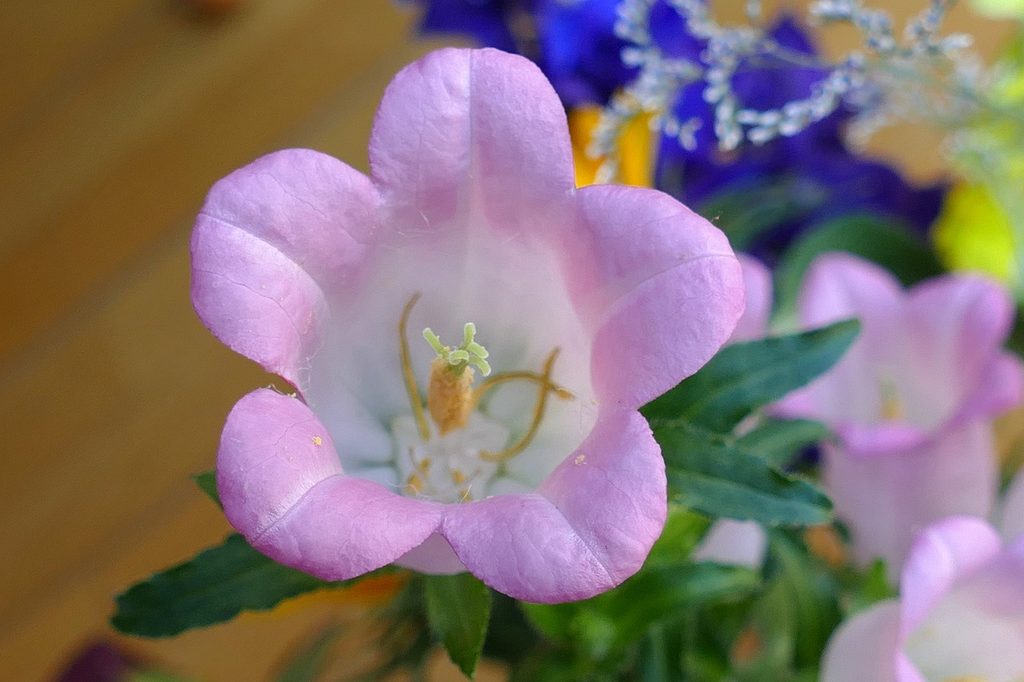
Canterbury bells are a good choice for a biennial flower container garden, due to their smaller size. Growing them in a container also helps control their spread, as they can become invasive. If you plan on keeping your container Canterbury bells for multiple flower generations, you’ll need to either choose a large container to handle the increase in plants or deadhead some of your Canterbury bells.
Plant your Canterbury bells in well-draining soil. You can use regular potting soil, but be sure the container has plenty of drainage holes. They don’t tolerate soggy soil, but they also hate droughts, so keep the soil lightly moist. Place your Canterbury bells in full sun or partial shade for bright flowers and healthy growth.
Tall bellflower
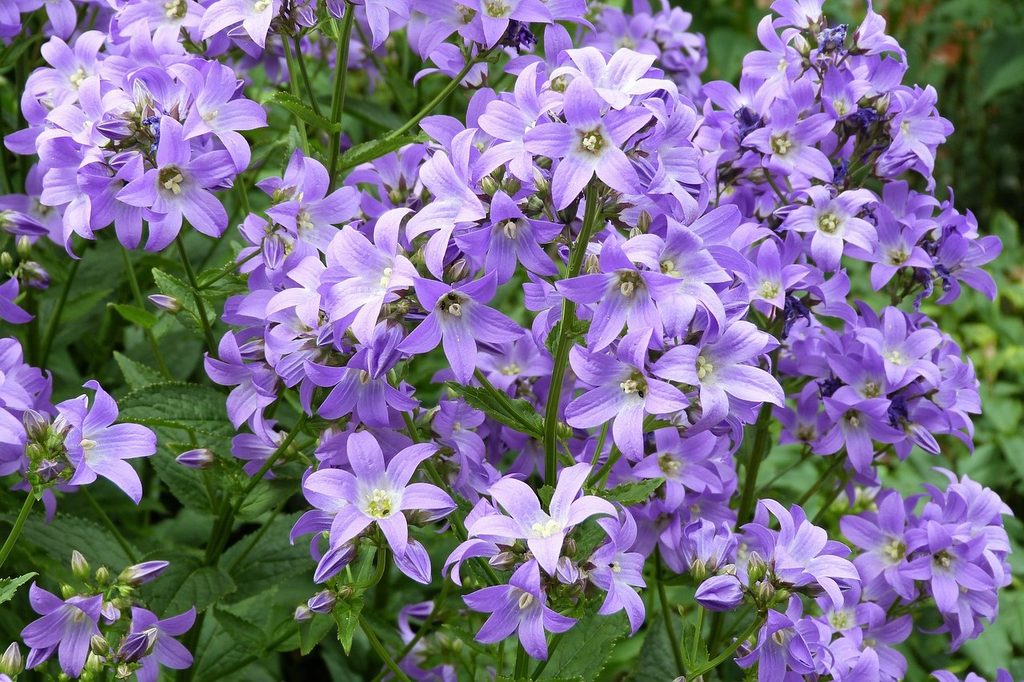
A cousin of Canterbury bells, this taller biennial flower is actually native to the eastern U.S.. You might be able to find some growing wild at the edges of forests and meadows, and replicating those conditions is the best way to help these biennial flowers thrive. Plant your tall bellflowers in partial or dappled shade. As is the case with many wildflowers, these hardy plants are adaptable and can grow in most soil types. However, the ideal soil type for them is rich, well-draining soil. Water them regularly while they are becoming established. Once they are established, tall bellflowers can weather drought and storms, although high winds can sometimes damage their tall flower stalks.
As with other biennial flowers, you can leave the flower stalks on the plant and allow them to self-seed. Since they are native, you also don’t need to worry about the seeds being spread and becoming invasive — in fact, allowing native plants to self-seed can help restore native ecosystems!
Biennial flower do’s and don’ts
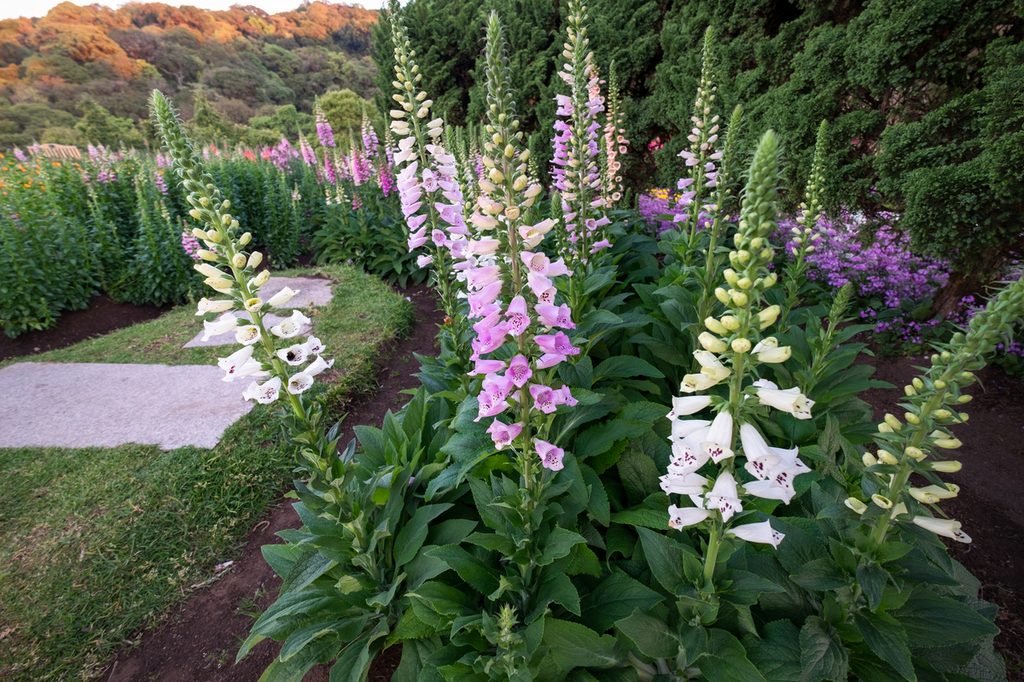
Biennial flowers as individuals may have different needs when it comes to water and sunlight, but there are a few things they have in common. These are important to note if you want your biennials — or any other self-seeding plant — to successfully grow and reseed.
When growing your biennial flowers from seeds, don’t cover the seeds. This can seem counterintuitive for gardeners, but it makes sense when you consider how the plants have evolved. The seeds are meant to drop from the plant directly onto the soil and germinate from there — of course, they don’t need to be covered.
This also means you’ll need to avoid adding mulch to your garden. If the mulch is added after the seeds have dropped, they may be smothered by it, while seeds that drop after the mulch is added won’t be able to reach the soil and may not germinate.
Biennial flowers take longer to flower, but they are often worth the wait. These four are great starting places, but there are many other biennial flowers for you to try out as well. From biennial hollyhock to biennial beebalm, there are tons of beautiful flowers you can add to your garden. Just remember not to cover the seeds, and let the plants take care of reseeding themselves!


